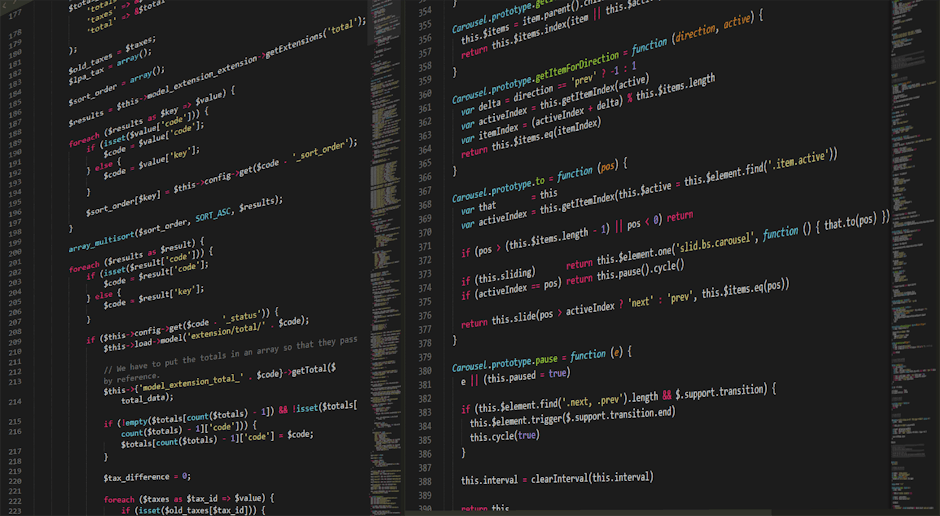
You ever scroll through your notifications and see a bunch of weird stuff? It’s not just you.
A like on a photo from three years ago. From an account with zero posts.
Or maybe a one-word comment like “Cool” on your video. The account’s name is just a string of numbers.
You probably just ignore it and move on. We all do.
But there’s a name for this thing, and it’s becoming a whole strategy. People are calling it “dusting”.
It’s a strange name for a strange new thing happening all over social media in 2025.
So, What Exactly is Social Media Dusting?
Okay so the term actually comes from the world of cryptocurrency. Which is already confusing I know.
In crypto, “dusting” is when a scammer sends a tiny, worthless amount of coin to thousands of wallets.
It’s like a fraction of a penny. It’s called “dust.”
The goal isn’t the money. The goal is to track those wallets.
They watch where the dust moves to try and figure out who owns which accounts. It is a tracking method that is considered to be pretty sneaky.
Now, take that idea and move it over to social media.
There’s no money involved here. The “dust” is attention.
It’s a like, a quick follow, a view, or a generic comment.
These are tiny actions. Alone they mean nothing.
But when they’re done by the thousands, automatically, they have a purpose. It’s a game of scale.
It’s about making a tiny blip on thousands of radars, hoping a few people notice you back.
The Different Flavors of Dusting You’ll See Out There
Not all dusting is the same, you know. It really depends on what the person or bot is trying to do. Generally, you can sort of break it down into a few main types you’ll probably run into.
The Growth Hacker’s Dust Cloud
This is probably the most common kind of dusting you will see.
An account wants to grow fast. So it “dusts” thousands of profiles.
It might automatically like one post from every person who used a certain hashtag.
Or it follows 500 accounts an hour, hoping for follow-backs.
The idea is that a small percentage of those dusted accounts will get curious.
They’ll see the notification, click the profile, and maybe, just maybe, they’ll follow back.
It’s a numbers game. A very impersonal, robotic numbers game. But it can work.
The Scammer’s Sneaky Sprinkle
This version of dusting is a bit more nasty.
Scammers will dust accounts with generic comments like “DM me” or “Great content, check my bio.”
Their goal is to get you to their profile.
That profile will have a link. A link to a fake crypto scheme or a phishing website.
They only need a few people out of thousands to fall for it. The dust is just the bait.
These accounts normally have weird usernames and very few actual posts themselves.
The Political Whisper Campaign
This type is harder to spot and maybe a little more worrying.
Bots can be used to “dust” political content with tiny interactions.
A thousand bots might like a specific comment to make it appear more popular.
Or they might drop single-emoji comments on a politician’s post.
It creates a false sense of agreement or disagreement.
This is a tactic that is designed to gently push a conversation in a certain direction, without being too obvious about it.
Why Is Dusting a Big Deal Now in 2025?
This whole thing isn’t brand new, the idea of using bots. But it’s different now.
The main reason is the rise of cheap and easy-to-use AI.
Before, you needed some coding knowledge to set up a bot army. It was a bit of a hassle.
Now, there are tools that can do it for you with a few clicks.
These AI tools can make the dusting seem more real.
Instead of just “Nice pic,” an AI can generate a slightly more specific comment like, “Love the colors in this photo!”
It’s still generic, but it’s just good enough to fool you for a second.
Social media platforms are also getting better at spotting obvious spam.
You can’t just have a bot follow 10,000 people in an hour anymore. You’ll get banned.
So, the spammers and growth hackers have changed their ways.
Dusting is their answer. It is a method that is intended to be a low and slow approach.
It’s designed specifically to avoid getting caught by the algorithms. A like here, a comment there. It looks more natural.
How to Spot Dusting and What to Do About It
It can be tough to be sure if you’re being “dusted.” But there are some red flags.
Normally, you can tell if you just pay a little attention to your notifications.
Look at the Profile: If an account likes your post, click on their profile. Do they have a profile picture? A bio? Any posts? If it looks empty or like it was made two minutes ago, it’s probably a bot.
Check the Timing: Did you just get a like on a post from 2019? This is a huge sign. Bots often just pick posts at random, and they don’t care how old they are. A real person normally wouldn’t be digging that deep.
Read the Comment: Is the comment super generic? Stuff like “Awesome,” “Great,” “Wow,” or just a fire emoji? If it could apply to literally any post ever made, it might be a bot.
The Follow-Unfollow: You get a new follower. You get excited. An hour later, they’re gone. This is a classic dusting technique to get you to look at their profile.
So what do you do?
Honestly, the best thing is usually just to ignore it. Don’t give them the attention they want.
Don’t follow back. Don’t click their weird links.
If an account seems really spammy or is sending you DMs, just block and report it.
It helps clean up the platform for everyone. It’s a small thing but it helps.
The main thing is just to know this is happening. It stops you from thinking “Wow, I’m suddenly so popular with all these random accounts!”
It’s not you. It’s them. It’s their weird, automated strategy.
—
Frequently Asked Questions (FAQ)
1. What is the dusting trend on social media, in simple terms?
The dusting trend is when accounts, often bots, perform thousands of tiny actions like liking an old post, making a generic comment, or a quick follow/unfollow. The goal is to get your attention on a massive scale, hoping a small number of people will interact back, follow them, or click a link.
2. Is dusting on TikTok the same as a crypto dusting attack?
No, not really. The name is borrowed, but the action is different. Crypto dusting uses tiny amounts of real cryptocurrency to track wallets. Social media dusting uses tiny amounts of attention (likes, views) as a form of marketing, spam, or influence. There’s no actual money changing hands.
3. How can you protect your account from social media dusting?
You can’t totally stop it, but you can manage it. Having a private account helps a lot. For public accounts, the best protection is awareness. Recognize the signs—likes on old posts, generic comments, empty profiles—and simply ignore them. Block and report any accounts that seem particularly spammy or malicious.
4. Why do people use the dusting trend?
There are three main reasons. Some use it for “growth hacking” to quickly gain followers for their brand or personal account. Others are scammers trying to bait people into clicking dangerous links. And some may use it for political reasons, to subtly manipulate the appearance of public opinion on a topic.
—
Key Takeaways
“Dusting” is a term for using tons of small, automated actions (likes, follows, etc.) on social media.
It’s named after a similar tracking tactic in the crypto world, but on social media, the currency is attention.
The main reasons for dusting are trying to grow an account, scamming users, or trying to influence conversations.
The rise of easy-to-use AI tools in 2025 has made this trend much more common and a little harder to spot.
The best way to handle it is to recognize the signs of a bot—like an empty profile liking a very old post—and just ignore it. Block and report when necessary.






